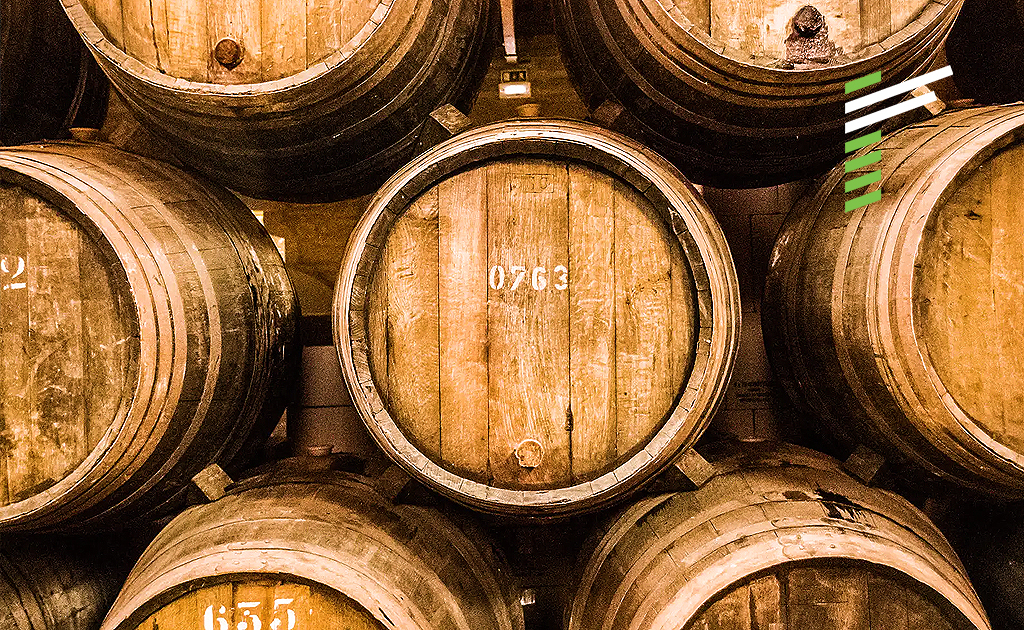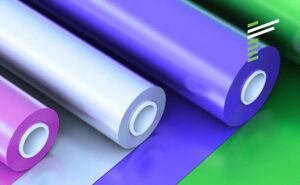Background
Research and development (R&D) are essential in agriculture for improving productivity, increasing food security, adapting to climate change, and improving sustainability. It can lead to the development of new technologies and techniques, improve crop yields, and reduce losses due to pests, diseases, and environmental stress.
R&D can also help agriculture adapt to the challenges of climate change by developing new crop varieties that are more tolerant to heat, drought, and other climate-related stressors. It is essential for ensuring that agriculture can continue to meet the needs of a growing population while minimizing its impact on the environment.
Our client is the subsidiary of a diversified, R&D-focused agri-business company. With over two decades of experience in the development and production of selected chemicals, they manufacture a wide range of agrochemicals and pharmaceutical intermediates. As a result of long-lasting relationships with companies all over the world, more than 50% of their business come from exports sales to around 25 countries.
Analysis
We partnered with the client to set up a functional and dynamic management control system (MCS) that would help them increase their throughput and provide a structured review-and-control mechanism for more informed decision making.
The first step was to identify bottlenecks in the value chain by studying the existing systems, understanding behavioural aspects of their personnel and identifying reasons of loss and delays in the operation. The team conducted a two-week analysis to identify various opportunities present in the plant in terms of systems and process improvement.
We identified the following opportunities for improvement in production and maintenance functions:
- Huge variations from standard value were evident in the reactor’s batch cycle time.
- Key performance indicators (KPIs) and targets were unstructured.
- There was no evidence of short interval control on the production floor. This led to losses being unnoticed and a lack of a systematic approach for improvement.
Project Approach
We conducted an 8-week Focus Process® which started with a detailed area survey and process mapping of operations and maintenance. We also mapped the existing MCS, performance levels, supervisory controls, and SOPs. Three taskforce members were identified from the plant team and trained in Renoir methodology. Baseline performance was computed based on historical data.
From here, we established bottleneck reactors which govern the throughput and productivity rate of the three target products. Gaps in maintenance practices were found out through pit-stop studies.
The following milestones were identified to improve the project objective of increasing capacity utilization:
- Implement short interval control systems for bottleneck reactors.
- Dismantle existing bottlenecks by reducing their batch cycle time. Additionally, identify the next probable bottleneck and repeat similar exercise.
- Install maintenance systems and processes to ensure reduction in MTTR and improvement in MTBF.
- Implement KPI dashboard to review, control and improve daily performance.
- Conduct regular training sessions to ensure personnel are equipped with required knowledge to align the project objective.
Project Implementation
To achieve the milestones listed above, we set up a management action team (MAT) comprising of supervisors and managers from production and maintenance functions. The MAT designed and refined new systems and processes to ensure buy-in from users and ease the process of implementation.
Some of the key systems implemented by the MAT include:
- A KPI dashboard that’s prepared and published daily, which showcased the previous day’s KPIs of operations and maintenance.
- Daily review meetings to develop the practice of reviewing the plan and improve the lead KPIs on a daily basis. This enabled better control of the process and improved coordination between functions.
- Short Interval Controls, SOPs, and data capturing mechanisms to track and manage hourly production versus the target throughput.
- Real-time downtime data capturing at every stage in the process to understand the nature of issues.
- The practice of conducting root cause analysis (RCA) to determine the root cause of breakdowns and avoid reoccurrence.
- A preventive maintenance schedule for each function with checklists for each equipment item.
- Maintenance daily log sheets and maintenance review meetings to drive effective planning and executing of jobs.
- Line walks for the plant head to ensure that issues in the plant are identified as soon as possible.
- Critical spare lists to ensure that the minimum required spare inventory is maintained for all critical equipment.
- Hands-on coaching (regarding the maintenance and objective of the systems) for the systems owners.
- A steering committee to review the project progress. This forum was also used for escalation of any non-conformance, uncontrollable in nature by MAT.
“Renoir ensured buy-in at all levels and developed a culture of structured reviews. We have achieved a ROI more than what was targeted. Moreover, systems established during the project are still sustained and we are getting benefits out of them on a daily basis.”
COO
Key Results
Capacity utilisation of
94%, 93%, and 90%
in three different critical product lines —










